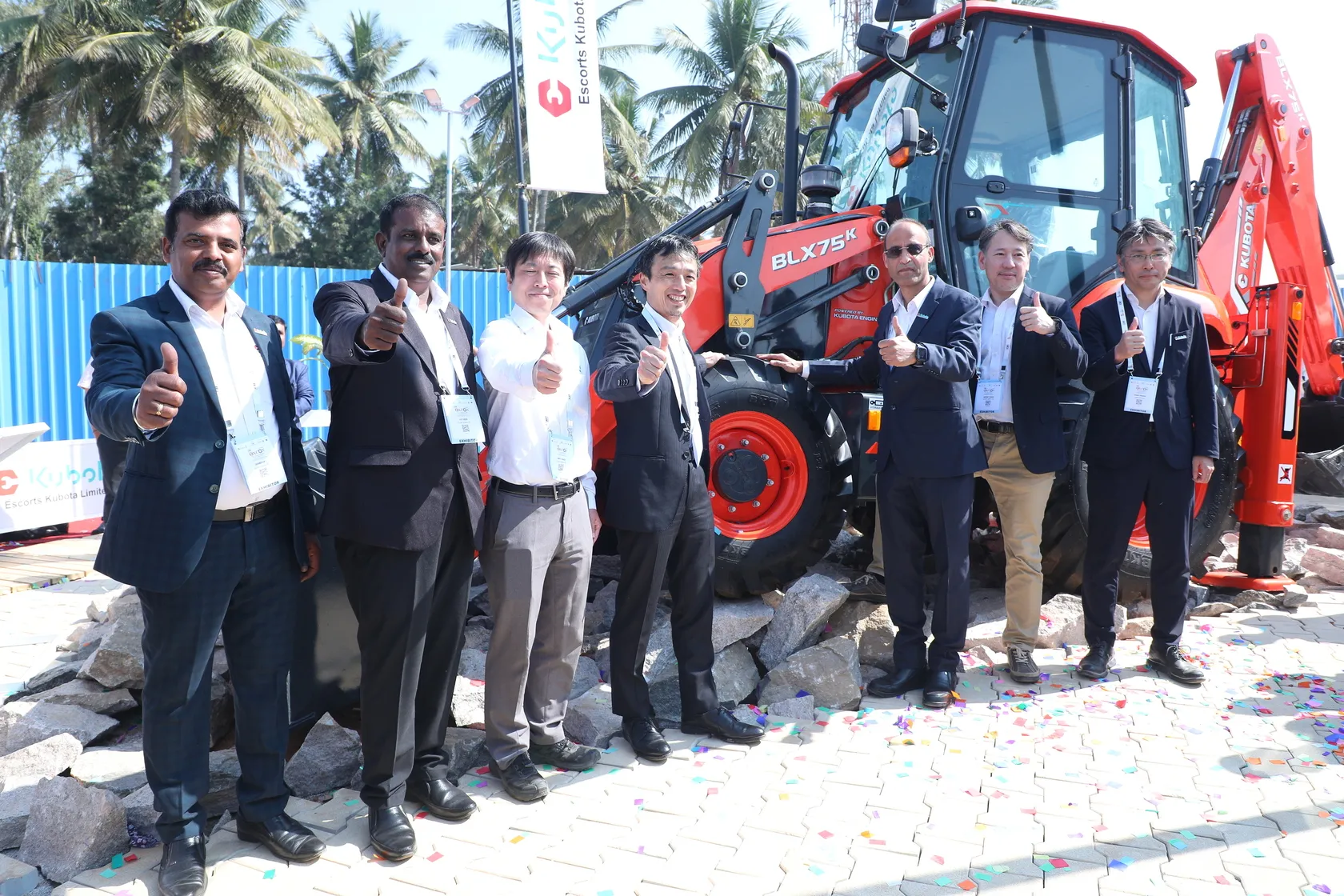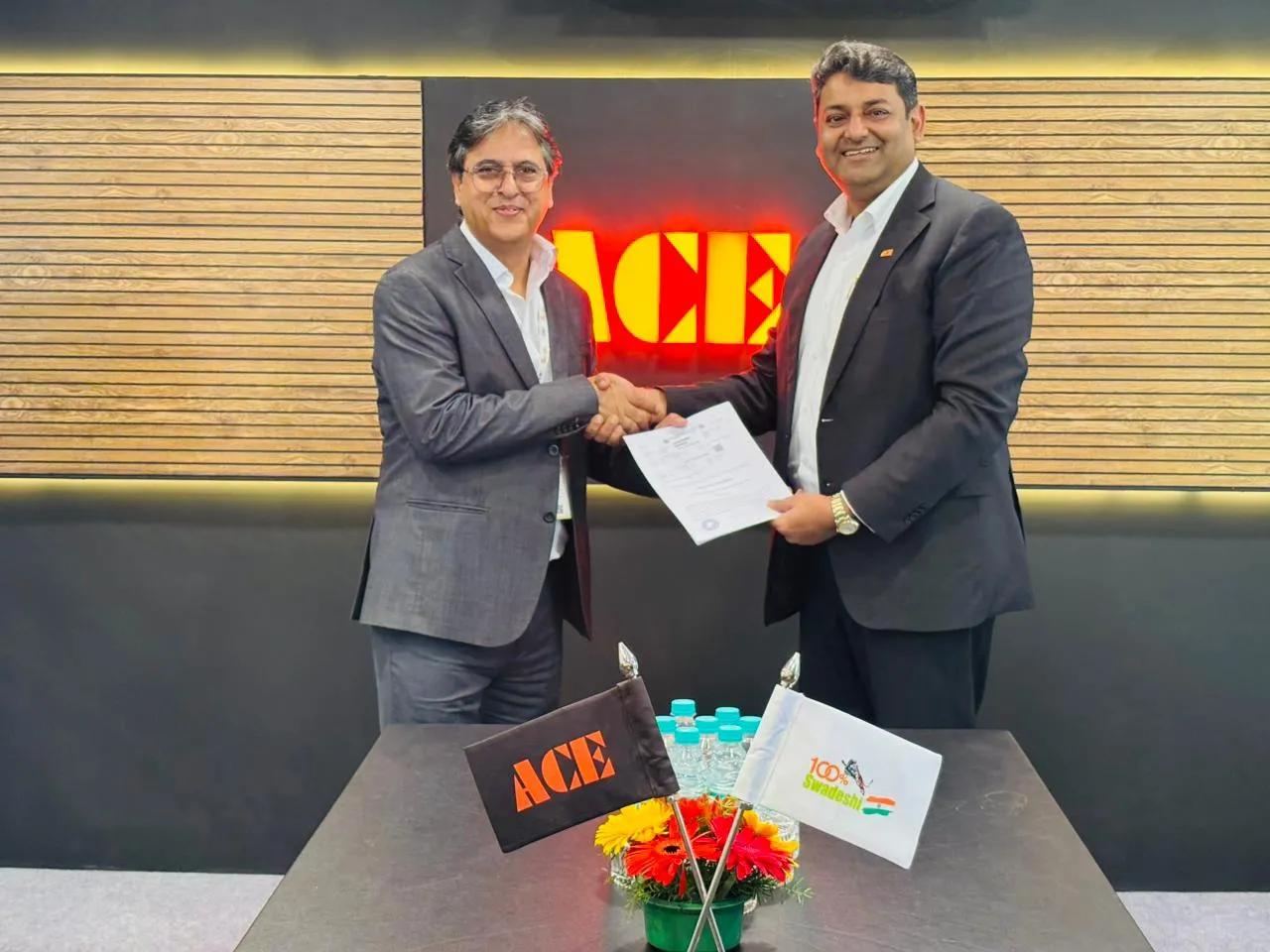The Kyoto protocol and Paris agreement are two landmark treaties separated over two decades, both important for climate change hosted by Conference of Parties (COP) and adopted by United Nations Framework Convention on Climate Change (UNFCCC). The Kyoto Protocol was notably known for the voluntary commitment of developed countries to uphold adaptation and mitigation systems to reduce their greenhouse gas emissions. The developing countries were spared from the thresholds of participatory obligations despite their contribution to ozone depletion. The Paris Agreement of 2015 was more stringent and coined with universal accord, in which participating countries of the COP aimed to limit global temperature rise to less than two degrees Celsius.
The Paris agreement acknowledges climate change as a common concern of humankind, and insists that respective parties should, when taking action to address climate change, respect, promote and consider their respective obligations on human rights, the right to health and the rights of indigenous peoples. It also looks into the rights of local communities, migrants, children, persons with disabilities and people in vulnerable situations along with the right to development, as well as gender equality, empowerment of women and intergenerational equity.
The impacts of climate change are not immediate, and hence, the tipping point of related issues are often not established. Similarly, the long-term impacts of climate adaptation and mitigation programs will often not be recognised instantaneously but results visible over decades. Hence, the mitigation measures should often be adopted on a wider spectrum as endangerment to the very human fabric of civilisation.
Jawaharlal Nehru National Solar Mission is a major initiative of the Government of India with active participation from States to promote ecologically sustainable growth while addressing India's energy security challenge. It plays a major role in India’s contribution to fight against the issues of climate change which is a big concern across the globe. The mission adopted a three-phase approach, spanning the period of 10 years from 2012 to 2022. The ministry of new and renewable energy (MNRE) has announced a target of 100 GW by 2022, which is well within achievement with, 23.12 GW installed till July 2018, while 10 GW projects are in course of implementation and tenders for 24.4 GW are in various tender processes. Other initiatives by the ministry including floating solar and wind-solar hybrid energy systems will see the installed capacity by 2022, well past the initial targets.
Gujarat is one of the states who have pioneered in harvesting solar energy-based power generation, with abundant natural resource of solar energy. Gujarat has taken lead in India’s first and Asia’s largest solar park at Charanka in Patan district and has the country’s first MW scale canal-top solar plant at Chandrasan in Mehsana district. In addition, Gujarat has introduced hybrid wind power policy and soon shall implement solar land policy. The state shall soon witness country’s first 1 GW offshore wind project. Solar parks, hybrid energy policy, surya shakto yojna and ready to transmission techniques are potential areas where investors can venture in renewable energy sector in the state of Gujarat.
Dholera is spread over a 920 sq km area and has an area of 11,000 hectare identified for generation of power through solar PV plants, with a major portion of the land identified being in the Coastal Regulatory Zone (CRZ) region. As per CRZ notification 2011, generation of power by non-conventional power sources / desalination plants is allowed in areas CRZ –I (B) and CRZ-III subject to impact assessment study. Based on the infrastructural requirements and policy of the state and central government entities detailed assessments were done with respect to environment clearances and CRZ norms to collectively install 5000 MW of solar PV based power plant with three different locations identified with land mass areas of 750, 127 and 190 hectare.
The land around the Gulf of Khambhat (Cambay) has been formed under Fluviomarine environments and therefore the soils of the area have inherent salts in their composition. The changing environmental conditions and human interventions have caused increase in the spread and concentration of soil salinity over the past several decades. Geomorphic processes of erosion, sediment transport, deposition and the extent and condition of tidal wetlands greatly influence the usage of land in the proposed area. Since the area is prone to high and low tides suitable measures shall be taken for the optimum usage of the land. It is planned to execute the 5000 MW capacity plant in different phases starting in capacities of 1,000 MW basis further divided into separate blocks for better administration purpose. Four subs-stations (33 kV/220 kV/400 kV) have been proposed to be developed to evacuate the entire 5,000 MW of solar power generated at the park. It is proposed that power generated in Phase-1 will be evacuated by Gujarat Energy Transmission Corporation Limited (GETCO) and in Phase-2 will be evacuated by Power Grid Corporation of India (PGCIL). Gujarat Urja Vikas Nigam (GUVNL) has floated the Expression of Interest (EoI) for the Phase-1 development and a reverse auction process is anticipated in the near months. Gujarat Power Corporation (GPCL) has taken initiatives for developing the solar park with the infrastructural requirements as per the recommended guidelines.
.
The area for the proposed solar park project is low-lying area located in the delta formation of five rivers namely Padaliyo, Lilka, Utavali, Sukhbhadar and Keri. These east flowing rivers discharge in Gulf of Khambhat and meet the ocean. Most of this region lies in Costal Regulation Zone-1, hence the land is very muddy and mangrove cover can be found on some patches of the coast line.
Due to the high vulnerability of the site suitable study has been conducted by Indian Institute of Technology (IIT) for the requirement of additional engineering on the structures for the solar panels. Module Mounting Structures are given cautious engineering to withstand the flood, without corrosion for the structures to stand at height where the PV panels do not submerge into the flood. To achieve this, the height of the pile with bulb and the structure shall be increased and to avoid corrosion, hot dip galvanisation is suggested. Careful considerations are given on the design of the pile structures to take care of the soil conditions and wind load factors. The additional cost envisaged in module mounting structures are compensated by very cheap land costs for the site selected for the solar park.
The timely investments in green technologies, has well positioned India to achieve the target set for renewable energy integration. This is significant, given India's burgeoning electricity demand and the persistent supply demand gap along with the summer shortages and outages, the pursuit towards cleaner energy sources will have a crucial role in enabling the country's transition to a fully sustainable energy system. Necessary financing to enable the power generation, integration, transmission and utilisation, remains a challenge, since the bankability of renewable energy projects has always been an issue owing to off takers' inability to absorb power and pay for it. The good news however is that integration of renewable energy into application levels remain a huge potential area in a growing economy, especially since the mobility sector is waiting to revolutionise. Battery energy storage, smart grid, grid balancing and cross border trading remains other prospective areas for green power to be looked at as a future.




















